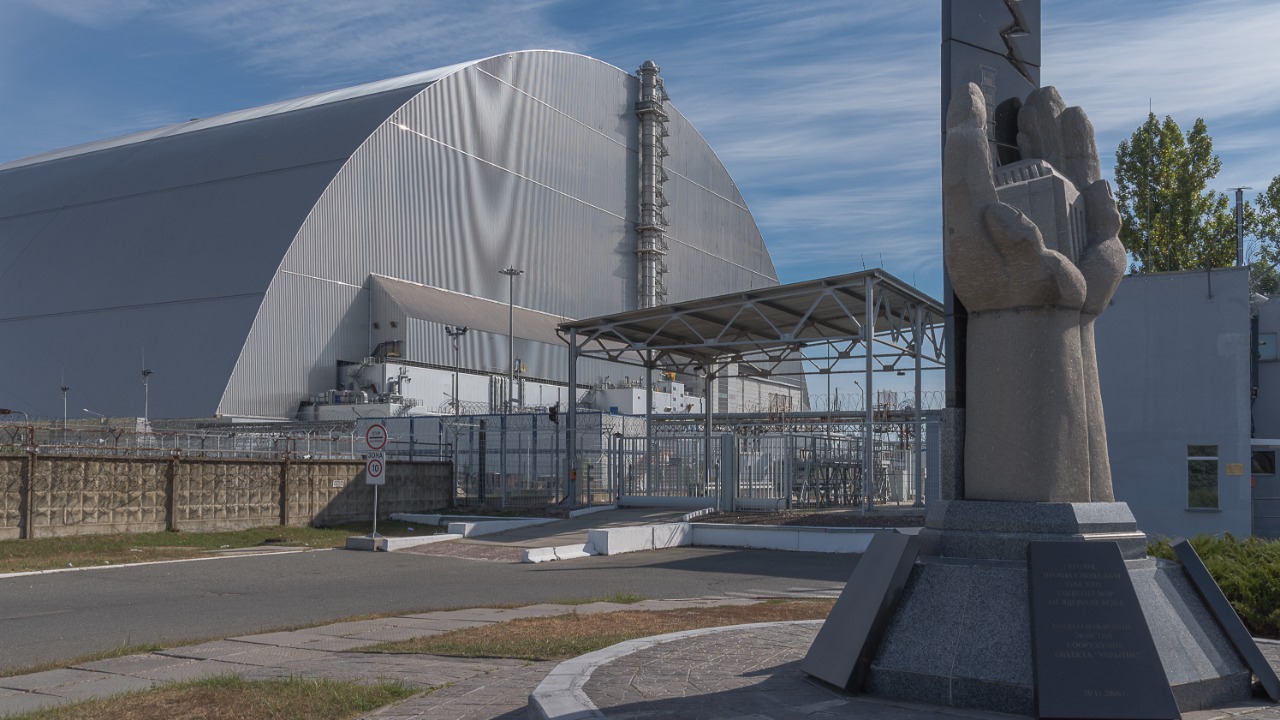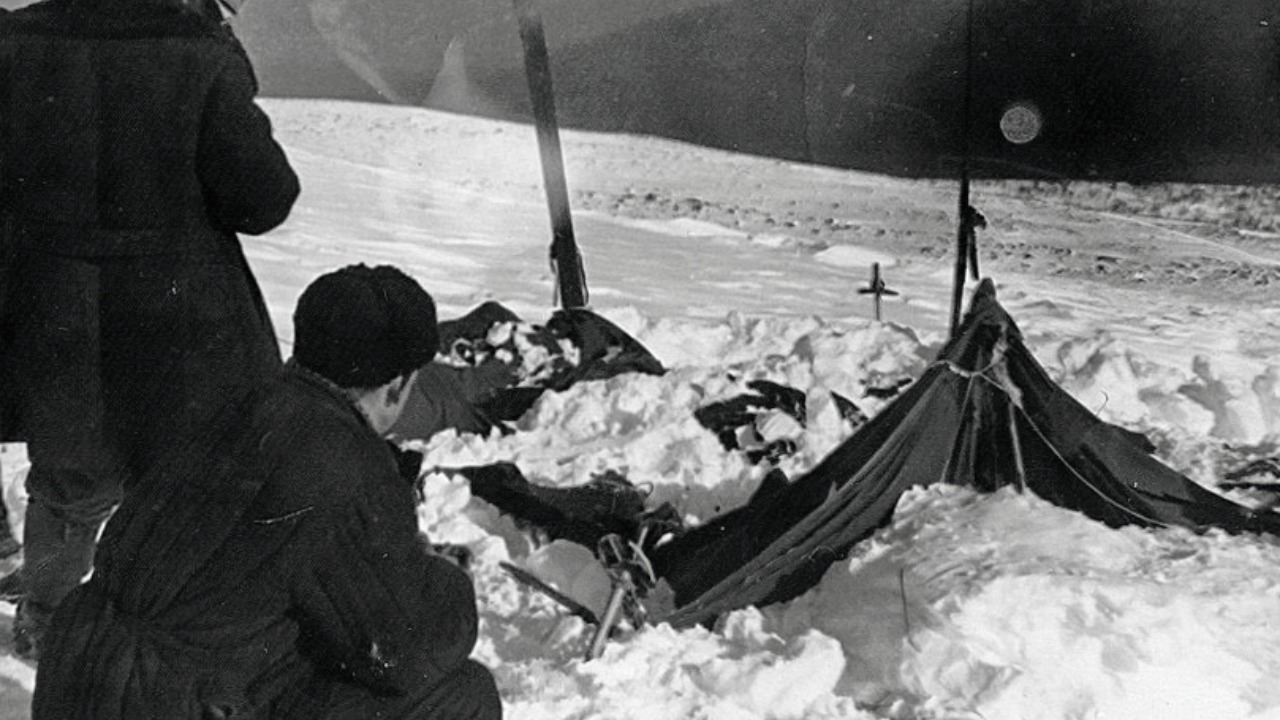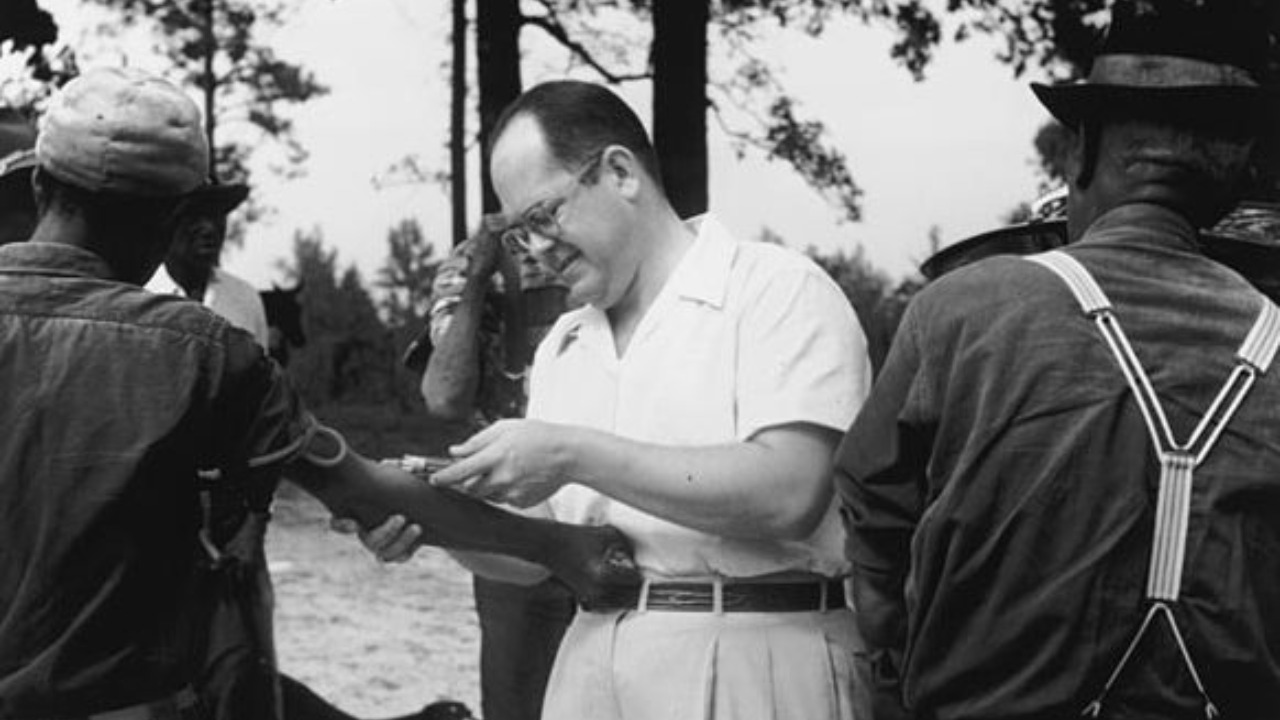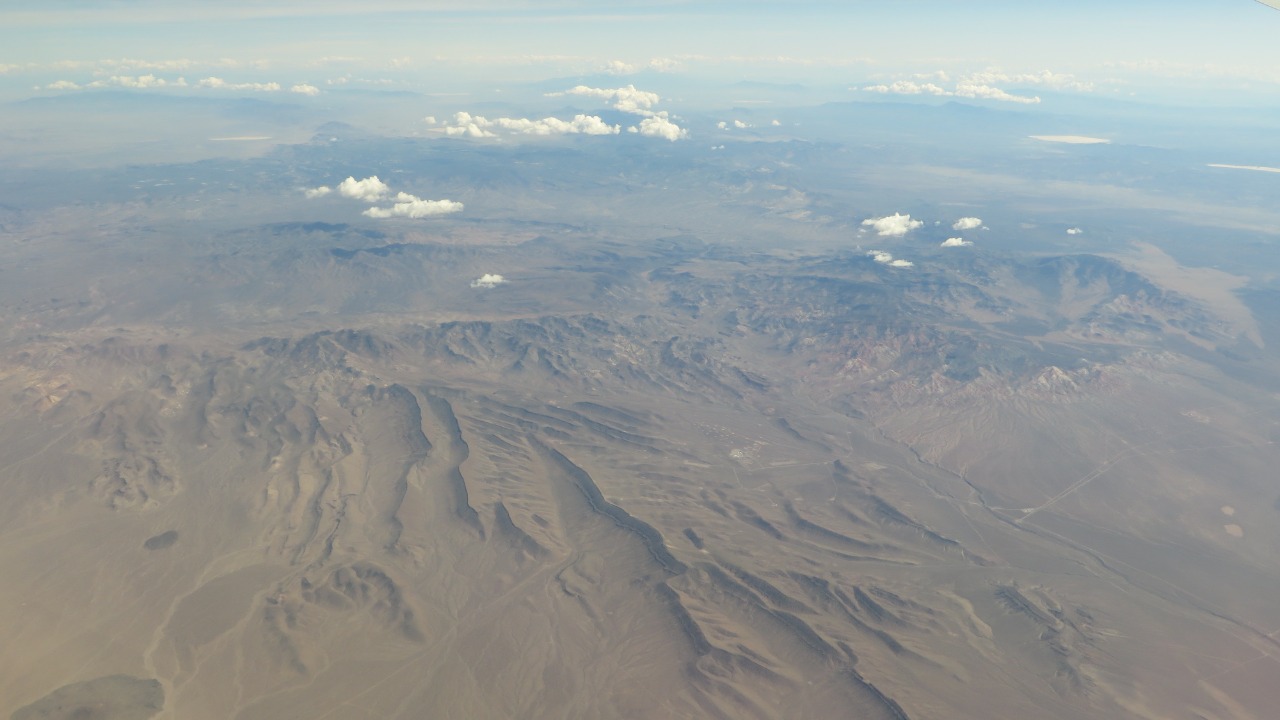
Science has always been a realm of discovery and progress, but the pursuit of knowledge sometimes leads to unexpected and dangerous outcomes. Here are eight science experiments that yielded terrifying consequences, reminding us of the thin line between scientific curiosity and ethical boundaries.
The Unleashing of the Demon Core

The “Demon Core” was a plutonium core used in nuclear testing at Los Alamos. It earned its ominous nickname due to a series of mishaps in 1945 and 1946 that resulted in the deaths of two scientists. Louis Slotin, one of the victims, was performing a risky criticality test when his screwdriver slipped, causing the core to go supercritical. Slotin experienced a fatal dose of radiation, dying just days later. This incident underscored the perils involved in nuclear experimentation.
The Contamination at Chernobyl

The Chernobyl disaster remains one of the most catastrophic nuclear accidents in history. On April 26, 1986, a botched safety test at the Chernobyl power plant in Ukraine led to a reactor explosion, releasing massive amounts of radioactive material into the environment. The surrounding area, now known as the Chernobyl Exclusion Zone, remains uninhabitable for humans due to the lingering radiation. The disaster resulted in numerous deaths, long-term health issues, and environmental destruction, highlighting the risks of nuclear energy.
The Tragic Tale of Thalidomide

In the late 1950s and early 1960s, the drug Thalidomide was marketed as a wonder cure for morning sickness in pregnant women. However, it soon became apparent that the drug caused severe birth defects, including limb malformations in thousands of newborns. The Thalidomide tragedy led to stricter regulations and testing for pharmaceuticals, but the damage had already been done, affecting countless families worldwide. This case remains a stark reminder of the importance of ethical oversight in drug testing.
The Mysterious Deaths at the Dyatlov Pass

In 1959, nine Russian hikers perished under mysterious circumstances at Dyatlov Pass in the Ural Mountains. The group’s campsite was found abandoned, with their bodies scattered and showing unexplained injuries. Various theories have emerged over the years, from avalanche to secret military tests, but none have been conclusively proven. The Dyatlov Pass incident remains an enigma, capturing the public’s imagination and serving as a chilling reminder of nature’s unpredictability and the unknown elements of scientific exploration.
The Infamous Tuskegee Syphilis Study

The Tuskegee Syphilis Study, conducted between 1932 and 1972, involved 600 African American men and aimed to study the progression of untreated syphilis. The participants were misled and denied proper medical treatment, even after penicillin was identified as an effective cure. The study resulted in numerous preventable deaths and severe ethical violations, leading to public outrage and a reevaluation of ethical standards in medical research.
The Chilling Outcomes of the Stanford Prison Experiment

Conducted in 1971 by psychologist Philip Zimbardo, the Stanford Prison Experiment sought to investigate the effects of perceived power in a simulated prison environment. Participants were randomly assigned roles of guards or prisoners, and the experiment quickly spiraled out of control as “guards” began exhibiting abusive behavior. The study was terminated prematurely, but not before revealing disturbing insights into human behavior and authority. Its controversial nature sparked debates on the ethical limits of psychological experiments.
The Fatal Aftermath of the Atomic Bomb Tests

The testing of atomic bombs during the mid-20th century had devastating effects on both the environment and human health. Sites like Bikini Atoll and Nevada Test Site were exposed to intense radiation, leading to widespread contamination and health issues for nearby populations. These tests not only demonstrated the destructive power of nuclear weapons but also raised awareness about the long-term impacts of radiation exposure, prompting global discussions on nuclear disarmament and safety protocols.
The Hazards of the Large Hadron Collider Myths

The construction of the Large Hadron Collider (LHC) sparked fears that it might create black holes capable of destroying the Earth. While these concerns were scientifically unfounded, they highlight the anxieties surrounding cutting-edge science. The LHC has since become a valuable tool for understanding fundamental particles and the universe’s origins, but the myths surrounding its operation serve as a reminder of the public’s skepticism towards advanced scientific endeavors.